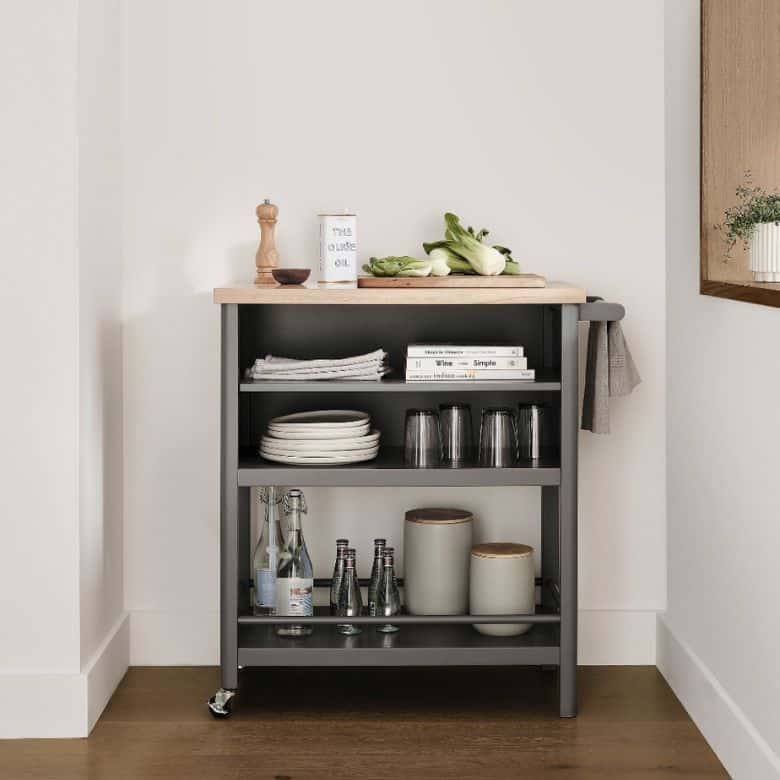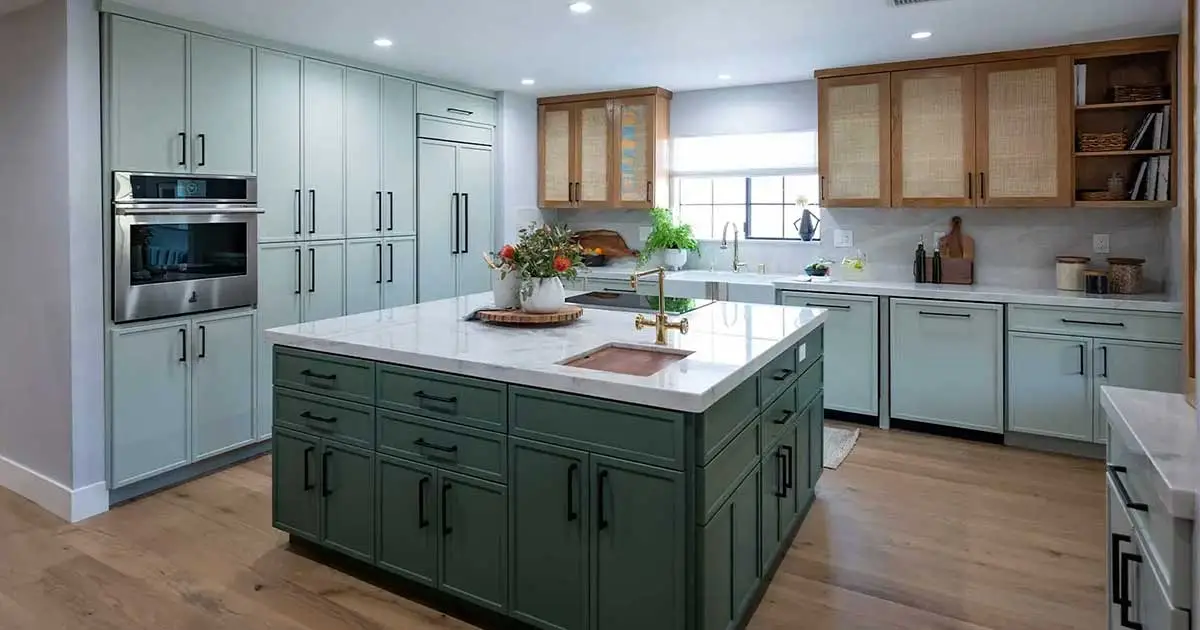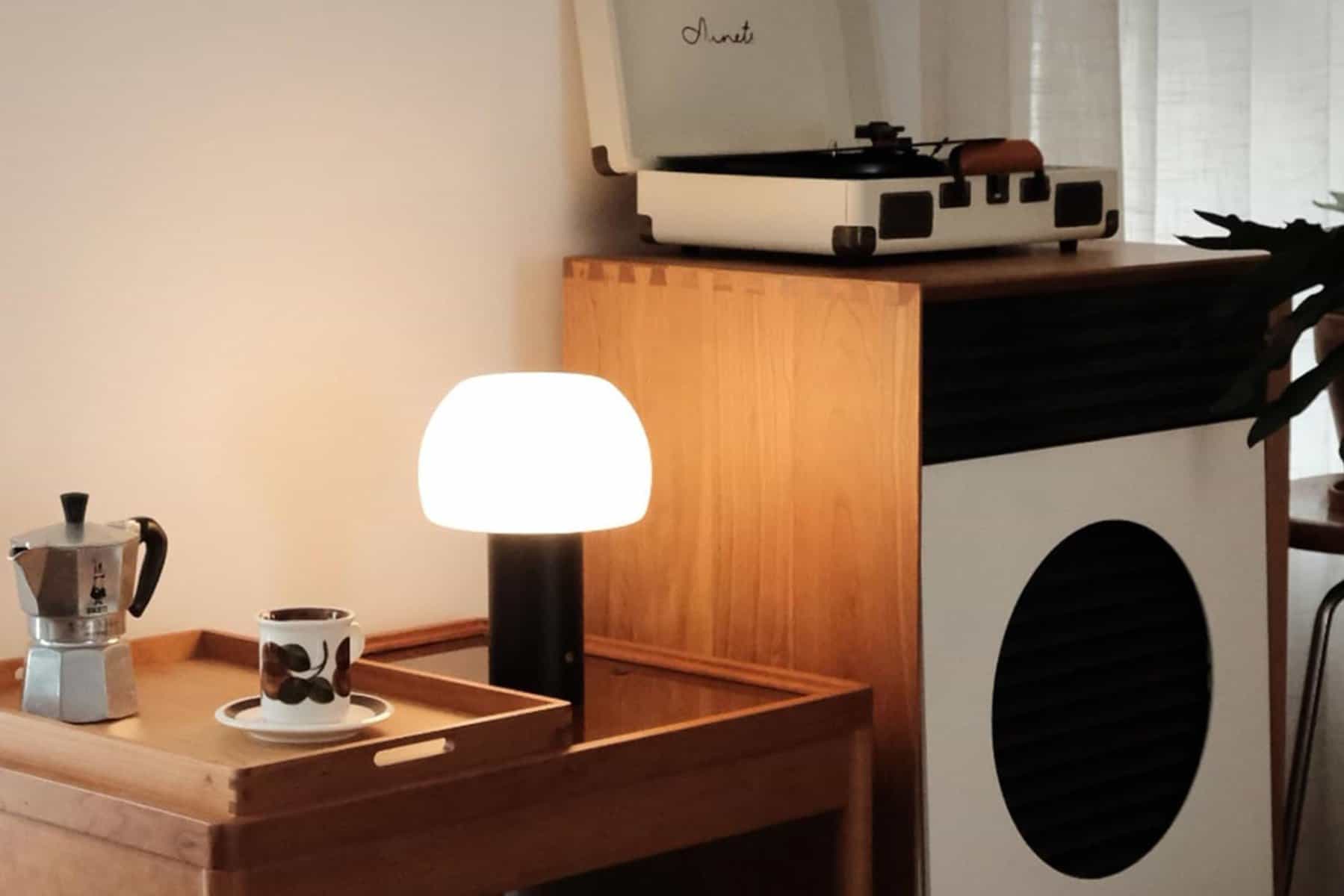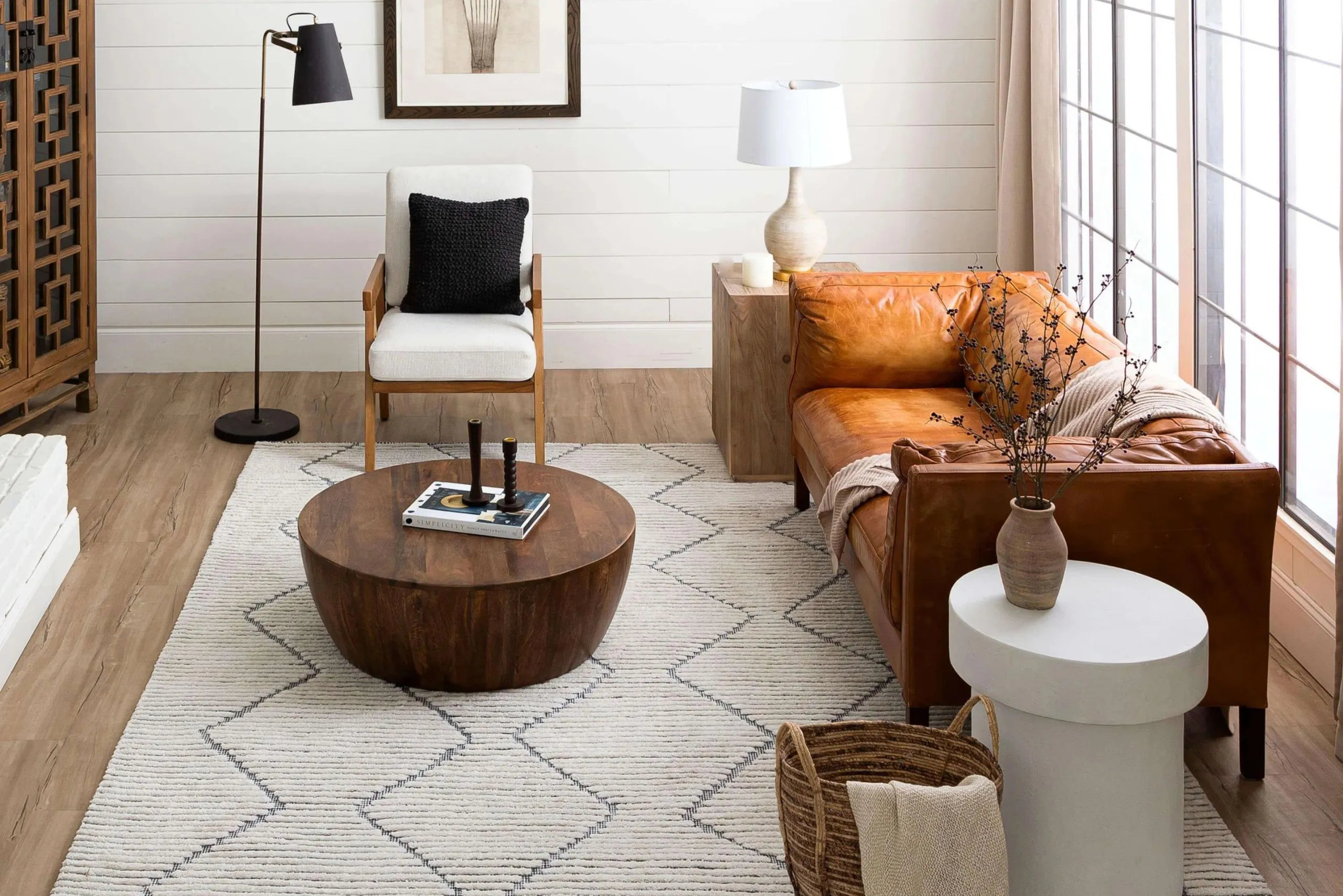20 Ways to Create Family-Friendly Spaces
Because “grown-up” rooms don’t have to be so stuffy, and kids’ spaces don’t have to be so kiddish, and everyone could stand to be tidier, here are tips for designing a home that works for the whole crew.
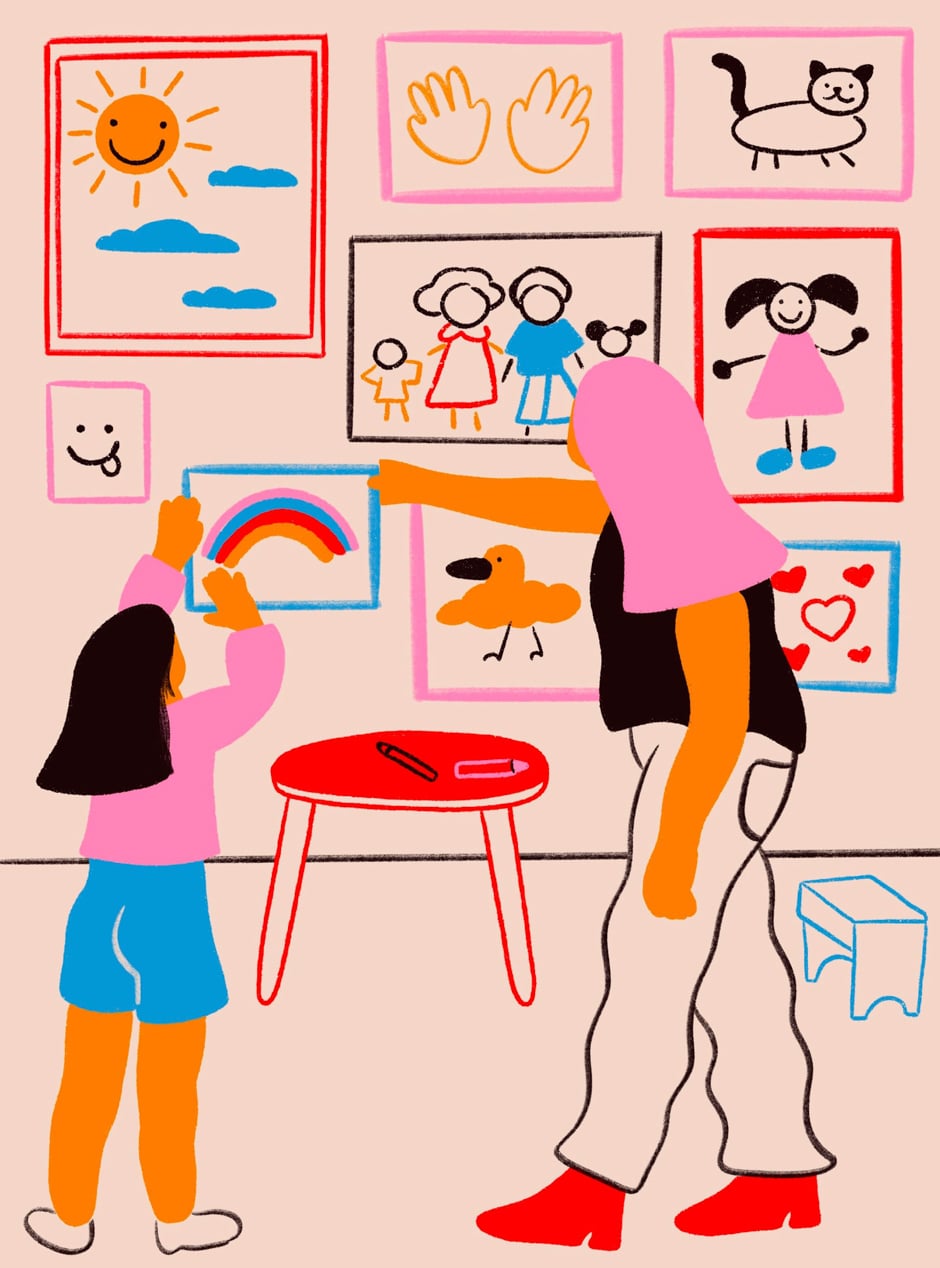
1. Give Art Projects a Place to Shine
Why pay for generic prints that could be on anyone’s walls when you have one-of-a-kinds coming home in the schoolbag? Get some frames—secondhand, mismatched ones welcome here—and start arranging. “I framed artwork from each of my seven kids and displayed them together,” says Jenny Reimold, owner at Whim & Willow Designs in Nashville, Tennessee. “It’s an inexpensive and personal way to add color to the walls.” Not to mention, it makes your little Frida Kahlos feel proud and valued.

2. Create a Family Rec Room
Convert unused basement or garage space into a family gym that works for different ages, as Reimold did. “We have weights and cardio machines for us and our teens, and gymnastics mats and a mini trampoline for the younger children,” she says. “This lets us all spend time together reaching our fitness goals, and the kids learn the importance of mental and physical health.”
3. Cut Back on Seating
To create a living room that’s more workhorse than show horse, you need open areas to play, build, wrestle, and spread out. Less furniture will allow for this, so try taking out extra seating you don’t use on the regular. “You might be surprised by what you don’t miss,” says Alison Mazurek, a Vancouver, British Columbia–based mom of two and founder of the small-space hub 600sqft.com. “We haven’t had a coffee table in seven years. We use side tables, which are smaller and simple to move around the room or get out of the way, and it makes our small living room feel larger.”
4. Design Around a Shared Interest
To make a room welcoming to all members of the family, think about what interests you share with your kids. If it’s watching movies, make your den a cozy hangout for movie night; if it’s dancing, maybe a record player is the centerpiece of the room. Then address individual interests on the periphery, so everyone has their own mini zone: a toy station here for the youngest ones, a drawing station there for the older ones, a reading chair for the adults. This way, folks can hang together and share space during group activities and “me” time.
5. Teach Kids the Easy Trick to Cleaning Up
“Keeping ‘like with like’ is a simple organizational system that makes intuitive sense to both kids and adults,” says Mazurek. Start early; reinforce often: All cars go in one bin, blocks go in another, art stuff goes in yet in another, and so on. It makes the messiest room seem manageable!

6. Value Function over Fashion
“Great design is about problem solving, so families should focus on how something works for them first,” says Ashley Ross, Founder of Muse Noire Interiors in Charlotte, North Carolina. All-white everything or a collection of gorgeousbut- poisonous plants in fragile pots may look great on Instagram, but it’s not practical if you have a toddler. “Especially in the family room, where you spend the most time, throw out the traditional rules of design and start by considering the needs of your loved ones,” she says. “Think of what says comfort and community for each person, and design around that so you have an element in the room that makes everyone feel like the space is for them.”
7. Age up the Kids’ Spaces
Your kiddos’ bedroom or playroom doesn’t have to look juvenile. “Keep the foundational color palette the same as the rest of the home—like warm gray walls—to make their spaces feel cohesive. Then accent with brighter colors so it feels like a fun, welcoming place for young ones,” Reimold says. “Add a colorful rug or pillows, easy and affordable to swap out as children age.” Ross recommends convertible furniture that can grow into the next stage: a crib that adjusts to a toddler bed, or a twin bed you can eventually loft to put a desk underneath. “For kids’ rooms, you always want to design for a few years ahead,” she says.
8. Share the Kitchen
No matter how much you order in, you or your partner (or both!) is probably in the kitchen most evenings cooking, setting the table, and cleaning dishes. Rather than spending those after-work hours away from your littles, bring them to where you’ll be. A kitchen island, table, or desk tucked in the corner is great for homework time or craft projects. “I turned a breakfast nook off the kitchen into a ‘lounge’ so I can watch my toddlers playing and offer homework help to the older kids while I’m cooking,” says Reimold. “It’s great to set up storage there, too, so the kids can easily pull out—and quickly put away—their MVP toys and games.”
9. Give Everyone’s “Outside Stuff” a Spot
Sure, a mudroom is ideal, but even a teeny apartment entrance or garage can be arranged so that each family member has space for their stuff. It should be labeled and specific and include a shoe bin, a bag spot, and a coat/backpack hook. “This way, everyone can quickly access what they need each morning and put it in its designated spot at the end of the day,” says Ashley Murphy, cofounder of NEAT Method, a home-organizing company with locations across the country.
10. Buy Low-maintenance Furniture
Linen couches and high-end rugs that have to be professionally cleaned may look great when you bring them home, but not so much a few months later. For Reimold, who has seven kids at home, strong materials are a must. “I do washable cotton, polypropylene, or jute rugs because they hold up to high traffic and spills,” she says. “Slipcovers are great, or couches with Revolution fabric that can be cleaned with dish soap. Dining room or coffee tables made of reclaimed or distressed wood look modern, but they also allow for nicks, dents, and rogue crayon marks. You want spaces that people can live in, not just look at!”
11. Let Your Teen Decorate
“This is a great way to connect with a middle or high schooler, but you have to tread lightly. Teens need to feel like you trust them enough to make their own decisions,” says Ross. She recommends setting a budget and asking them to create two Pinterest boards to share with you: one for the things they love and another for the things they absolutely do not want to see in their space. Then make a list together so you can prioritize elements. Resist the urge to exert control or make their room coordinate with the rest of the house; it’s their space and it doesn’t have to be your taste—or timeless.
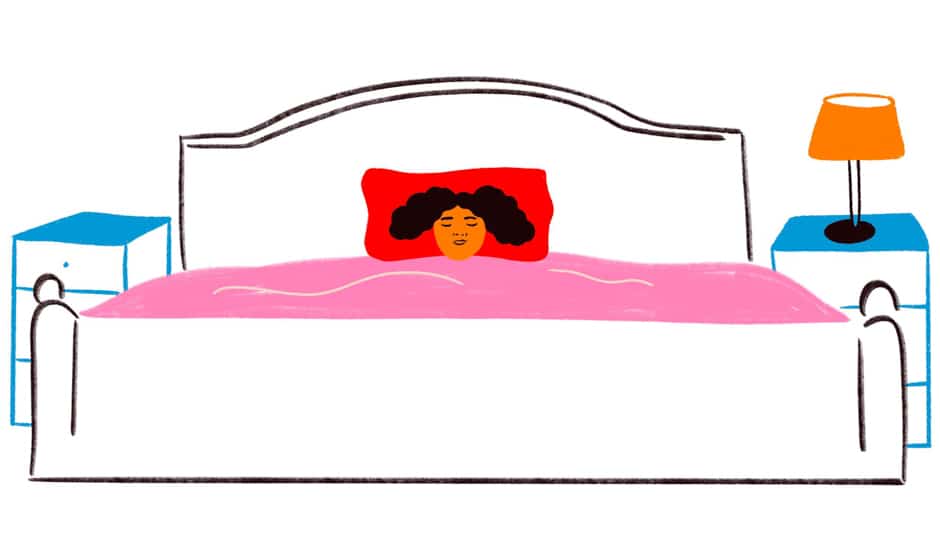
12. Swap Bedrooms
“Maybe that means the kids share the larger main bedroom and you take the smaller bedroom, freeing up a room for an office or play area,” says Mazurek, the small-space guru. Giving up your room may seem extreme, but it’s not about ceding a power grab to the kids; it’s about optimizing square footage.
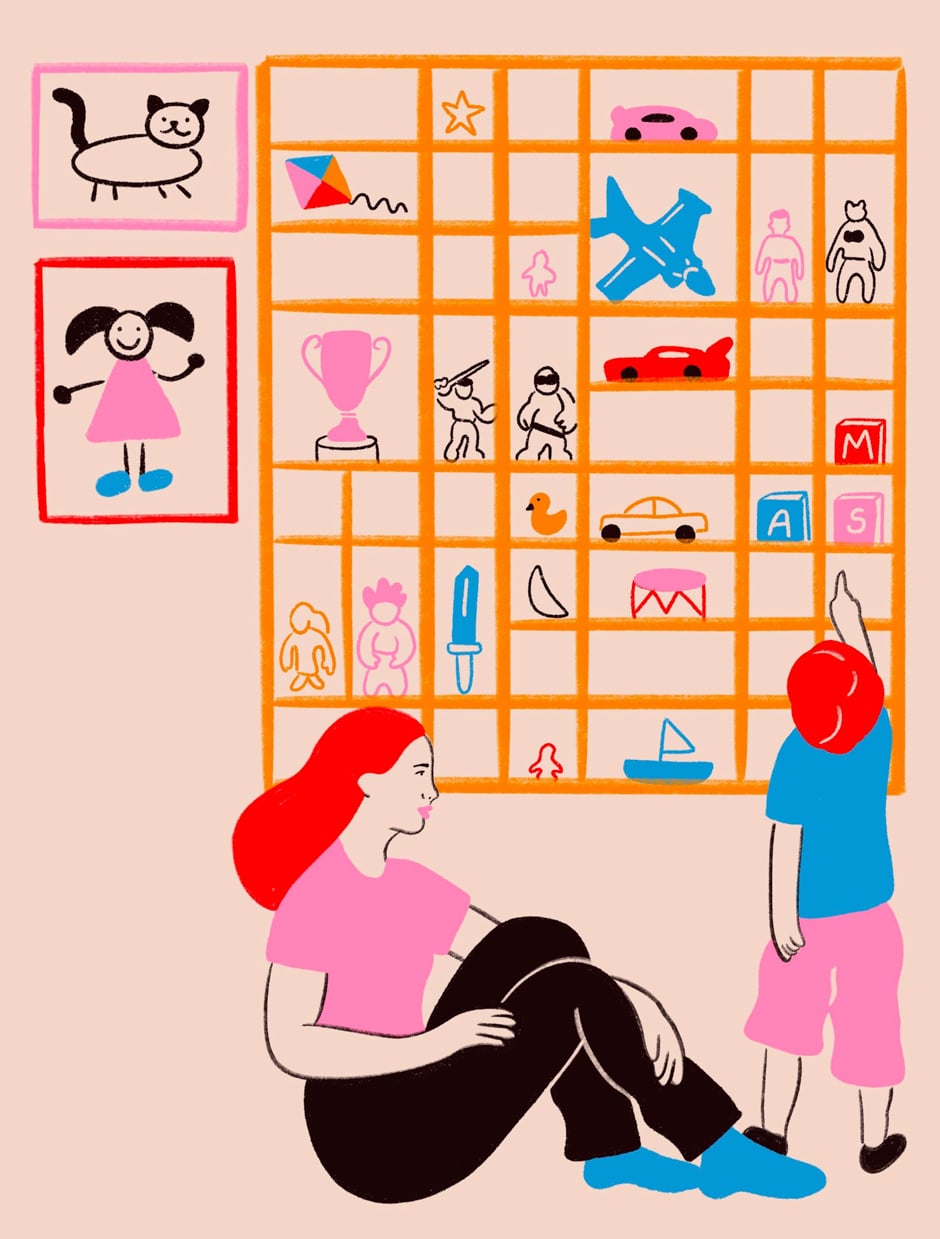
13. Turn Collections into Decor
A sand dollar, a superhero figurine, a prize from a cereal box—all those weird things your kid collects can collect on surfaces around the house. Or you can turn them into decor. “Printing trays with compartments, the ones that would hold the letters for a printing press, are the best for displaying kids’ treasures,” say Anna and Juan Donado, parents, artists, and owners of Goose Grease art space in Brooklyn, New York. “We hang them on the walls for the kids to display their favorite small things, like shells and gumball-machine toys.” Available for cheap on auction sites and at antique shops, the trays can make a random assemblage of things look intentional and artsy.
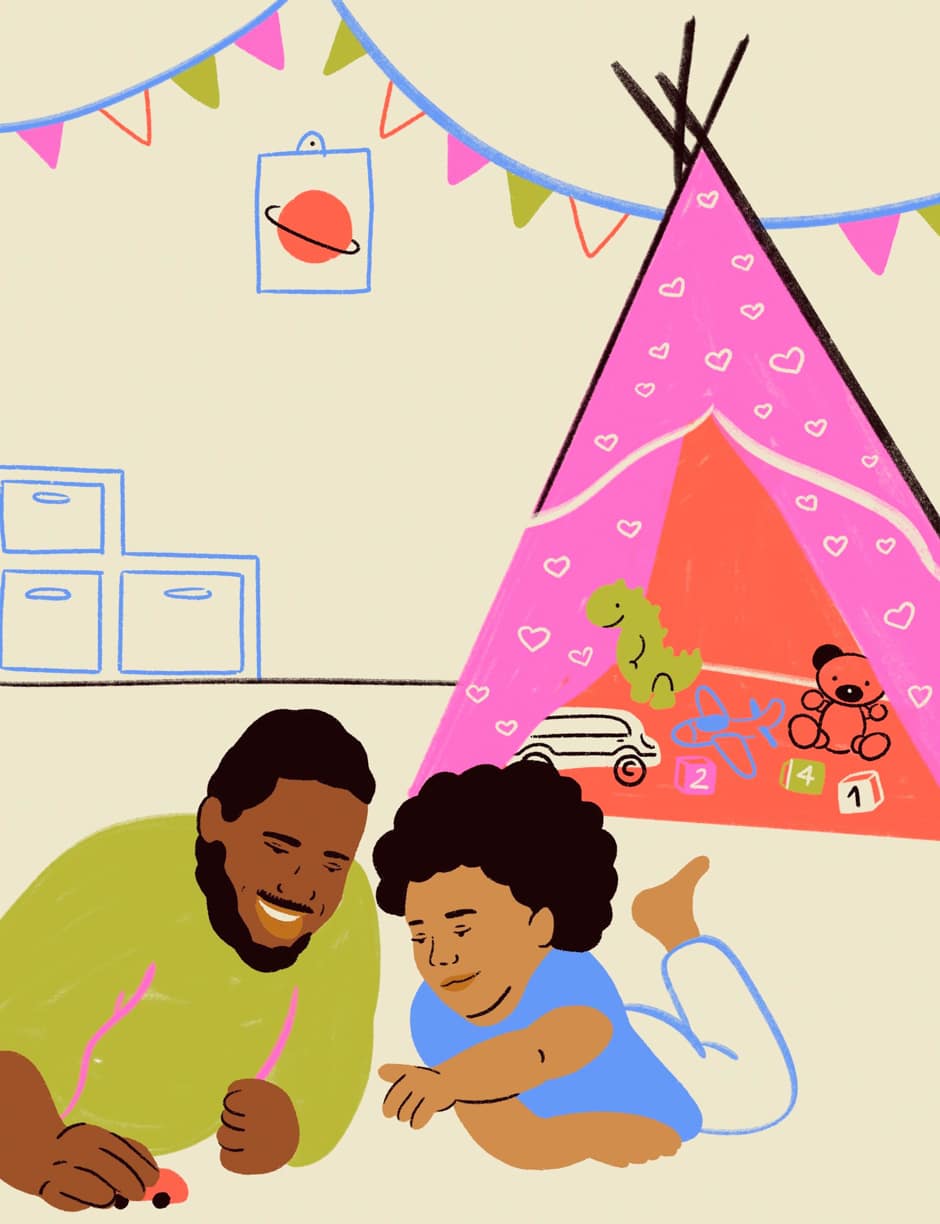
14. Be a Storage Star
Let’s face it: No child is a minimalist. Rather than dump things they want (or need), hide them! Use each nook and cranny to stow stuff out of sight—under-bed bins to host out-of-season clothes and shoes; a woven basket under the coffee table for errant toys; a drawer in the media console for crafts. And when you buy new furniture, focus on pieces with hidden storage. Beds, ottomans, modular wall units, nightstands, and end tables can all help conceal stuff. PS: You know those little indoor kids’ play tents? They double as toy bins when not in use. Fill them with stuffies and no one but little ones who crawl on the floor will be the wiser.

15. Hang up a Hobby
Whether it’s a surfboard, a tennis racket, or a trombone, your child’s hobby can double as wall art. “As our kids add more instruments to their collection, we try to find ways of turning them into part of the living room decor,” say the Donados. “We hang guitars on the wall, use the conga drum as a side table, and display harmonicas on shelves.” It shows that you take pride in what they’re into, plus it’s easier to access the items than when they’re stuffed in a closet somewhere.
16. Make the Nursery a “Calm Zone” (for Everyone)
“Until they’re 5, kids are unlikely to give input on the design of their room, or even really notice it, so make it a space where you enjoy spending time,” says Ross. Choose soothing colors that make you and the room’s inhabitants feel joy. Use the space for quiet reading and play. And if bigger kids want in, they’re welcome! As long as they adhere to the “calm zone” rules.
17. Organize Quarterly
Feeling the urge to purge? To counteract possession-creep without making yourself (or your family) crazy, gather everyone to declutter several times a year. “As each season ends, take stock. Get rid of items you didn’t use; box up seasonal clothes and shoes your kids will outgrow by the next year; and toss toys and games with broken or missing pieces,” says Murphy. If quarterly seems tough to pull off, she recommends doing it annually, before the holidays. “Encourage them to donate gently used items they no longer wear or play with to create space for incoming gifts,” she says.
18. Mix up Your Room Use
“Long gone are the days of off-limit rooms. Kids should be free to roam,” says Ross. To shift traditionally formal spots into comfortable spaces for the whole fam, ditch solo-purpose rooms (den for watching TV, playroom for toys and games, dining room for meals) and instead think of every space as a multipurpose one. Sure, a dining room is where you eat with company, but it can also be the family game room, homework zone, and the perfect “reading with grandma” spot.
19. Set Boundaries on What Goes Where
If you’ve ever found yourself picking neon Play-Doh out of white shag carpet while muttering, “This is why we can’t have nice things,” we feel you. But try focusing less on what your kids play with and more on where they play with it. “Set boundaries in advance so parents and kids are on the same page,” says Ross. Rules like “We only eat on the first floor” or “No slime in the living room” or “Legos are only built on the table” don’t make you mean. They teach boundaries—good preparation for school, and for life—and mean you’re much less likely to step on a Lego.
20. Now…Chill
See all the beautiful families posing in their lovely homes in this magazine? The photos are prepped and planned and sometimes even propped a little. Point being, nobody’s house looks like a haven of familial harmony and order all the time. Create systems. Set limits. Then remember that life is messy and the best way to make everybody feel happy at home is to be in one place, having fun and making those messes, together.
By Sarah Z. Wexler | Illustrations by Sol Cotti
